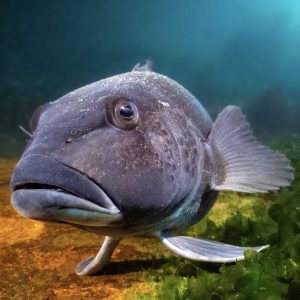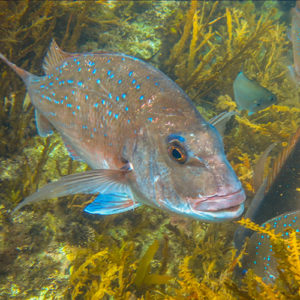Since last year’s rule changes, there has been an increase in the numbers of gut hooked snapper being released. These fish will most likely die. This outcome goes against all notions of conservation and makes us feel bad when we watch these wasted fish floating away or being eaten by birds.
However, this is a consequence of changing the rules without any meaningful educational initiatives involving the recreational sector. As we witness more of this wastage over summer there is likely to be a greater call for a process to talk about what we can do to reduce this waste.

There is some suggestion the 30cm minimum size needs to return to 27cm, or have no minimum and land everything. There are downsides to that approach. The alternative is to find ways to reduce the numbers of under-30cm fish being caught so they can grow and we can enjoy an abundant snapper fishery in the future.
LegaSea is keen to support the alternative strategy because there is more yield from harvesting a mature fish with decent sized fillets than killing a juvenile fish. And, as the stock rebuilds, we get a more productive fishery and the average fish size increases.
We will never get a high-quality fishery if most small fish do not get the chance to grow.
The good news
It appears the 2007 spawning season was a cracker and that is one of the reasons why there are so many small snapper around this year. This could be Mother Nature’s way of trying to rebuild the stock where we have failed.
In a couple of seasons, this year class of snapper will be a better size, though it may take a few years longer for resident fish in the Hauraki Gulf to develop as their growth rate has slowed.
LegaSea encourages fisheries managers to have a conversation with all fishing interests about strategies that will rebuild the fishery and reduce waste over the next few years. Success for us is a rapid rebuild of the fishery. To achieve that we need to fish smarter to avoid small fish, not rationalising their harvest because “we can’t help catching them”.
The ongoing use of indiscriminate bulk harvesting methods such as trawling inshore within the 100m depth contour needs to be addressed. Trawling amongst sensitive juvenile and nursery areas has the biggest impact on important habitat and juvenile fish populations.
Read the latest tips and tricks at the FishCare website.





